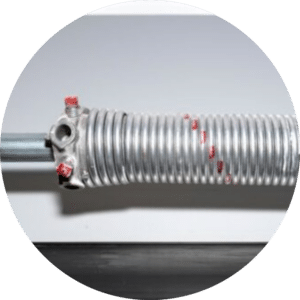


Garage door springs are crucial components that counterbalance the weight of the garage door, making it easier to open and close. They store mechanical energy and release it when the door is operated. There are two main types of garage door springs:
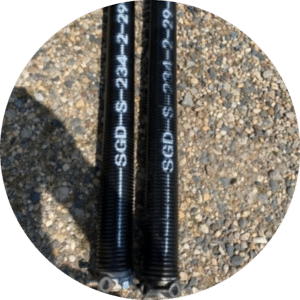
Located above the garage door opening, these springs are wound up and create torque, which helps in lifting the door. Torsion springs are considered more durable and offer better balance compared to extension springs.
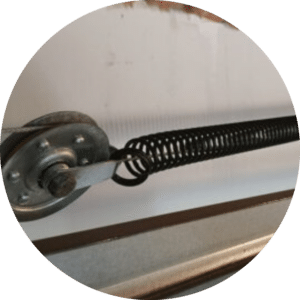
These are mounted on either side of the door and extend when the door is closed, storing energy. When the door is opened, the energy is released, assisting in lifting the door. They are generally more affordable but can be less durable and require more maintenance.
Garage door springs work by using the principle of counterbalance. They provide the force necessary to make the door light enough to be lifted manually or by a garage door opener. The springs do most of the heavy lifting, which is why a properly balanced door should be easy to lift by hand.
The lifespan of garage door springs depends on their quality, the weight of the door, and how often the door is used. On average:
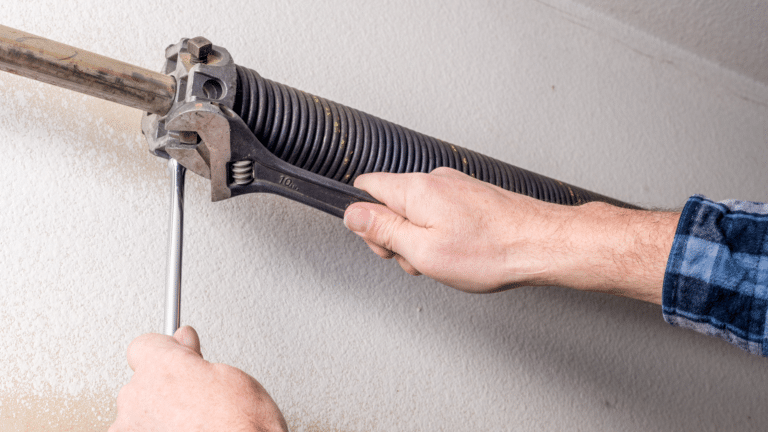
Garage door spring replacement can be dangerous due to the high tension these parts are under. It is strongly recommended to hire a professional for this task. Mishandling of springs can lead to serious injury.
Regular maintenance can extend the life of your garage door springs:
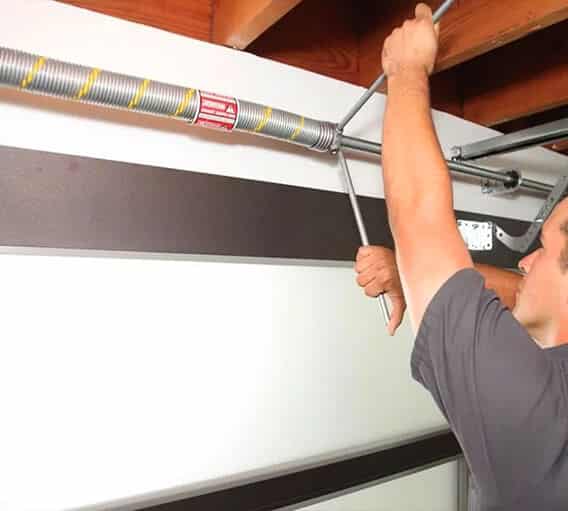
If you’re replacing your garage door springs, consider upgrading to a higher-quality spring, especially if your door is heavy or used frequently. Higher-quality springs can offer a longer lifespan and better performance.
Properly functioning springs contribute to the overall energy efficiency of your garage door. A well-balanced door ensures a good seal at the bottom and around the edges, preventing air leaks.
Absolutely, garage door springs are essential for the proper functioning of a garage door. They serve several critical functions:
Without garage door springs, the door would be extremely heavy and dangerous to operate, posing a significant risk of injury and damage.
Replacing a garage door spring is not recommended for most DIY enthusiasts due to the high level of risk involved. Here’s why professional assistance is usually necessary:
If you have experience and the necessary tools, it’s still advisable to proceed with extreme caution. However, for most people, hiring a professional is the safest option.
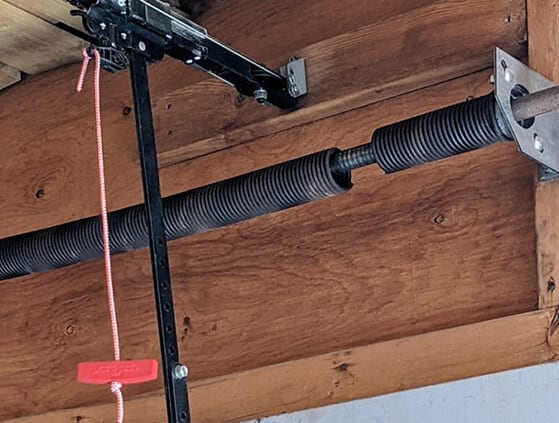
To extend the life of your garage door springs:
In addition to standard torsion and extension springs, there are more advanced types like:
When replacing springs, consider:
Most garage doors have an emergency release mechanism. Understanding how to use it in case of spring failure is important for safety.
Well-functioning springs also contribute to home security. A door that closes securely without gaps prevents easy break-ins.
Opting for durable, long-lasting springs reduces waste and the frequency of replacements, contributing to environmental conservation.
Understanding the basics of garage door springs can help you communicate more effectively with professionals and make informed decisions about maintenance and replacements.
In summary, garage door springs are a vital component of your garage door system, providing safety, balance, and ease of operation. While DIY replacement is possible, it carries significant risk. Regular maintenance, understanding the variety of springs available, and recognizing the importance of professional installation are key aspects of managing your garage door springs effectively. Understanding the different types of springs, recognizing signs of wear, and adhering to safety and maintenance guidelines are key to ensuring a functional and long-lasting garage door system.
Superior Garage Door Repair
(888) 342-6664
247superiorgaragedoor.com
Copyright © 2017-2023 Superior Garage Door Repair | All rights reserved.
